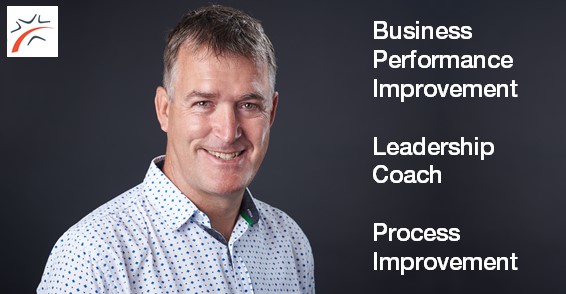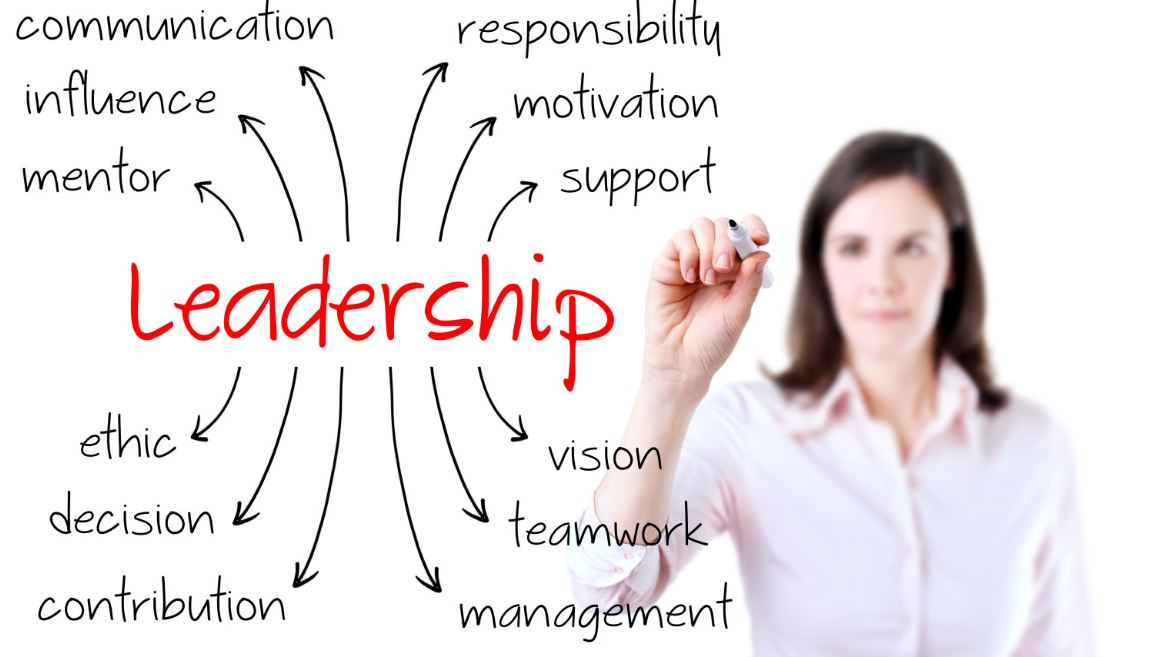Being fully booked does not make us immune to hard times.
Many of us are pleased to be working in the building industry, at least there is plenty of work, and the outlook for 2022 remains strong.
However, for many people, these last couple of years has taken a toll on our mental health, and there are many people suffering as a result. It’s easy to think that this is just happening to us but remember the Master Joiners slogan; “don’t go it alone”. You are not alone. Reach out for help if you need it.
I have had more contact this year with joiners and cabinetmakers than almost any other year, and whilst firms are “flat out busy”, I see a lot more anxiety, uncertainty, frustration and generally less happiness.
There has also been a productivity drop due to the stop and re-start because of lockdowns. Every time we come back from a long break, it simply takes time to get “back into the groove”. To add to this, our industry has suffered interruptions and re-work from global and local supply chain delays.
Anyone providing joinery to new builds or major renovations will be having a significant % of their installation dates moved out due to delays in building materials, shortage of subcontractors, or further restrictions on site. This creates a never-ending juggling of the plan, and many companies are adjusting schedules daily as a result.
It’s an excellent time to remind ourselves that we can only influence or do something about the things within our control. For many situations, all we can do is communicate appropriately to the affected parties as soon as we know something has changed.
“You can only control what you can control”
Heather O’Reilly
Many things increase costs, impact customer and team satisfaction, and reduce profit.
So, what can we do to minimise the impact and risks of these “happiness and profit hazards”?
- Be realistic; know your capabilities and capacity and plan to this level, allowing a % for job schedule slippage.
- Learn to say no, decide who your “A” customers are, and plan to look after them.
- Reduce complexity and supply risk by specifying reliable products from reputable sources. Simplify designs so that site a measure is either not required or there are less critical measurements required before you can start. Provide full-size templates if necessary, or mark the floor for builders, hold each other to account for accuracy.
- Review your trading terms to allow for larger deposits to cover more materials, reserve the right to change the specification of some items, with consent, when supply impacts your start date or results in additional site visits and extended snag lists.
- Utilise the clause in your t&c’s to increase prices if the quote is past its expiry date, if you don’t have such a clause, get advice, and add it in.
- Consider adding a clause to allow you to use a variation process when extra labour costs will be incurred due to site schedule changes or return to site trips to fit hardware or other items not available at the initial installation time (often items specified by other parties). Talk to your clients about this.
- Review your prices and hourly charge-out rates, make sure you charge for professional services such as design, technical advice or drawings for building consent or client sign off. Don’t just think they are an overhead cost, they are not.
- List Health and Safety compliance in your pricing and if appropriate, disclose this amount to client. These costs have been imposed on you and will ultimately be passed to the consumer.
- When you face a situation where a client requests to delay for a few weeks, and you have no more space for 3-6 months, let them know your situation and that you may not be able to make a firm commitment to a new date if they give up their booking. They may miss out and must wait. Just like what is happening to NZ citizens trying to get a MIQ booking. Let clients know in advance of this potential situation during the sales process.
I wish you all well for the remainder of 2021, a good restful holiday, and a renewed flexible mindset for 2022 and beyond.
If you would like to talk in confidence about any of the above or feel the need to reach out, please call me (number on website link below)
Ian Featherstone is a business advisor, mentor and leadership coach, and the owner of Glass Half Full. He specialises in the construction industry, particularly the joinery & cabinetry sector. For more information or to find out how you can move your team forward, please visit www.glasshalffull.co.nz
Put on your own oxygen mask first
This article has been inspired by two industry events from 2021 and some life events I have heard of and experienced. At the Master Joiners Conference in Hamilton, we were privileged to hear Mike King speak about mental health, in a way only he can do, particularly men’s mental health. The engagement of the audience and the conversations after Mikes presentation demonstrated the underlying awareness, concern and need that exists among us.
In Wellington, at the NKBA conference, Nathan Wallis, a Neuroscience Educator spoke to us about the human brain and how different parts of the brain control our body’s response to the environment and how stressors in life can trigger emotions, neurochemicals, hormones that ultimately affect our behaviour and how to learn and respond to the world around us.
The focus on mental health during the last decade is helping. However, in NZ, too many people still die by suicide. Many others continue to struggle in life with internal challenges, depression, anxiety and stress. However, more people are now receptive to seeking help. I believe we all have a responsibility to recognise and aid this process as appropriate.
As business leaders we often take on more in life than is necessary, sometimes to overload. We think we must be strong and be in control of our emotions.
We rarely take time for ourselves, and we suppress our feelings and emotions and “push on” being tough and continue to “work hard” because that’s what we think we “should do”.
I will summarise one of the concepts from Nathan Wallis: Humans are the only mammals with the ability to have conscious thoughts, apply reason and learn languages and music. This part of our brain (Cortex) is what we use to solve problems, develop relationships, make conscious decisions, train each other, most of the things we aspire to do well at in business. However, suppose the rest of our brain (brainstem), which other animals possess, is activated and we are stressed. In that case, we are essentially in a state of high alert, ready to be triggered into the fight, flight, freeze mode, into anger, violent language or violent behaviour, withdrawal, or to completely freeze.
If humans are in this “stressed mode”, then the brain stem is ruling the moment. The cortex is essentially “turned off”. In this state, logical reasoning, thinking, rational choices, brain development and learning are impossible. So, children and adults in this state cannot respond in the way you think they should. In addition, they cannot absorb, understand, or learn anything at all whilst remaining in this state.
To illustrate, Nathan described a pair of scales, with the brain stem on one side and the cortex on the other; as one increases, the other declines. If the brainstem is activated like the illustration below, then the cortex is essentially turned off.

So how do we practise some form of mind control? You may have noticed your awareness of this already, through publicity and from others who practise some kind of mindfulness, meditation, yoga etc.
You will also notice that schools are educating families on this subject. In some countries, it is already an established daily routine in school and at home.
A great start is to recognise and observe this happening in ourselves and then practise calming our brainstem to achieve a more helpful, healthy state of mind.
With practise, we will develop the ability to show compassion and reasoning and to deal with and lead others in a much more meaningful, helpful, and effective way. The effect on others and the culture of our organisations will be of enormous benefit.
“When angry, count to 10 before you speak. If very angry, a hundred,”
Thomas Jefferson
Conscious breathing, relaxing activities, and some music can calm and decrease brainstem activity and allow a state of clarity to exist. The result will be clearer thinking, control of emotions, and sharp wisdom, ultimately leading to a healthier, fulfilling state of being.
Of course, this takes practice, discipline and making time for yourself and overcoming negative thinking and behaviour that can become barriers to something that is 100% in our control. We already know this, so I challenge you all to make some small change to benefit yourself, then those around you will also benefit.
If we look after ourselves first, we will be in a much better state to do what we wish to do; achieve, train, help others, make a difference, create a great culture, and ultimately be happy.

For more information visit:
https://www.nathanwallis.com/ You can also find lots of videos on his YouTube channel, including many on brain development in early human life.
https://mentalhealth.org.nz/helplines
Ian Featherstone is a business advisor and leadership coach, and the owner of Glass Half Full. He specialises in the construction industry, particularly the joinery & cabinetry sector. For more information or to find out how you can move your team forward, please visit www.glasshalffull.co.nz
RESILIENCE – ADAPT OR DIE

2020 is an election year and has also kicked off with several local and global issues for us to contend with. What might these mean to us this year and beyond? An unfair question perhaps: but whatever the answer it will likely involve the ability to adapt to change.
The theory of natural selection has important parallels to business:
Markets, environments and technologies change constantly and the businesses and their people most suited to that change, or most able to take advantage of it, survive and flourish.
Species die out because they cannot cope with new climates or compete with a more aggressive species or due to unforeseen events. Businesses do too, but unlike animals, they do so because of their own choices: they choose whether to respond to change, adjust their strategy, embrace new technology and bring on and develop new skills.
Those that respond survive in business, those that let the world change around them die out.
The best way to thrive now is the same as it was ‘then.’ You must always put the customer first.
Dr Ian Brooks, author of many books including 10 Steps to Becoming Customer Driven, states: “the main thing in business is to have profitable customers who want to stay with you for a very long time. This is more likely to happen if you focus on the basic principles or keys to business success”.
The first key is to deliver such superior customer value that your customers are so delighted they want to come back for more. It is not enough for them to be satisfied or even happy. If you want their loyalty, they must be delighted. Specifically, you must understand what you have that your customers want so badly they are prepared to pay for it. (Don’t think it’s about products or quality, think total customer experience every step of the way, including acting as their trusted advisor)
Change bring uncertainty
Despite the need for agility, the drive for change is often met with resistance. There is a conflict between desire to progress and reluctance to change. This must be carefully managed.
On one hand leaders and marketers, those charged with driving the business forward, will be constantly looking at how change can benefit the business. On the other hand, the operations team are often under pressure to maintain performance. Change often means increased risk and ensuring changes are implemented successfully is a big challenge. Saying ‘no’ to change can be the default response for an over-stretched or misaligned team.
But this must not be the default position. Before saying ‘no’ to an idea ask your people; “what is the ultimate cost of missing this opportunity or doing nothing; in business terms?”. The team needs to ask, “what are the benefits and risks to our existing customers, services and business processes if we go ahead or do not go ahead with this change?”
Adaptable, Agile, Successful
Truly agile organisations have mastered the paradox to be both stable and dynamic at the same time. Try and embrace and trust change and work on being loose and supple, not rigid and brittle.
This is where change management is necessary. The change management process needs to make sure the right questions are asked along the way: Is the change necessary? Is it worth the cost and resources? What are the risks? How can we negate these risks? If the right processes are followed, ideas and communication are allowed to flow and the right questions are asked (and answered), there is almost always a mutually agreeable solution that can be found.
Practise and refine your change management process and develop a more agile team and a more agile business. Putting controls and people in place to get it right is a strategic no-brainer, but there are challenges and objections to overcome along the way.
The success of change management relies largely on organisational change, in the broader sense – changing people’s attitudes through great leadership.
Ian Featherstone is a business advisor and leadership coach, and the owner of Glass Half Full. He specialises in the construction industry, particularly the joinery & cabinetry sector. For more information or to find out how you can move your team forward, please visit www.glasshalffull.co.nz






